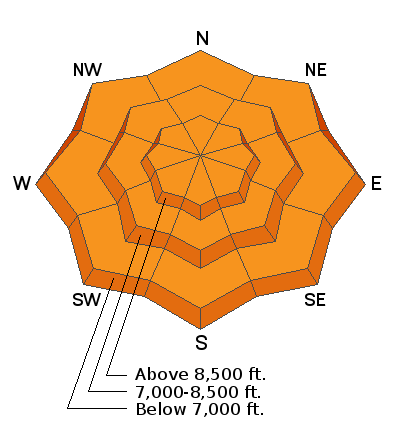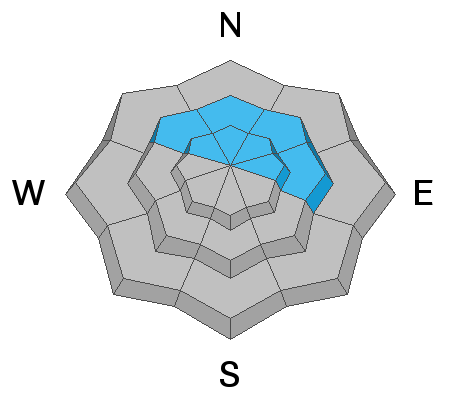Forecast for the Ogden Area Mountains

Issued by Greg Gagne on
Monday morning, March 28, 2022
Monday morning, March 28, 2022
The avalanche danger is CONSIDERABLE at all aspects and elevations due to recent and continued warming of the snowpack. Natural avalanches are possible and human-triggered avalanches are likely. Avoid being in avalanche paths and below avalanche runout zones.

Low
Moderate
Considerable
High
Extreme
Learn how to read the forecast here








